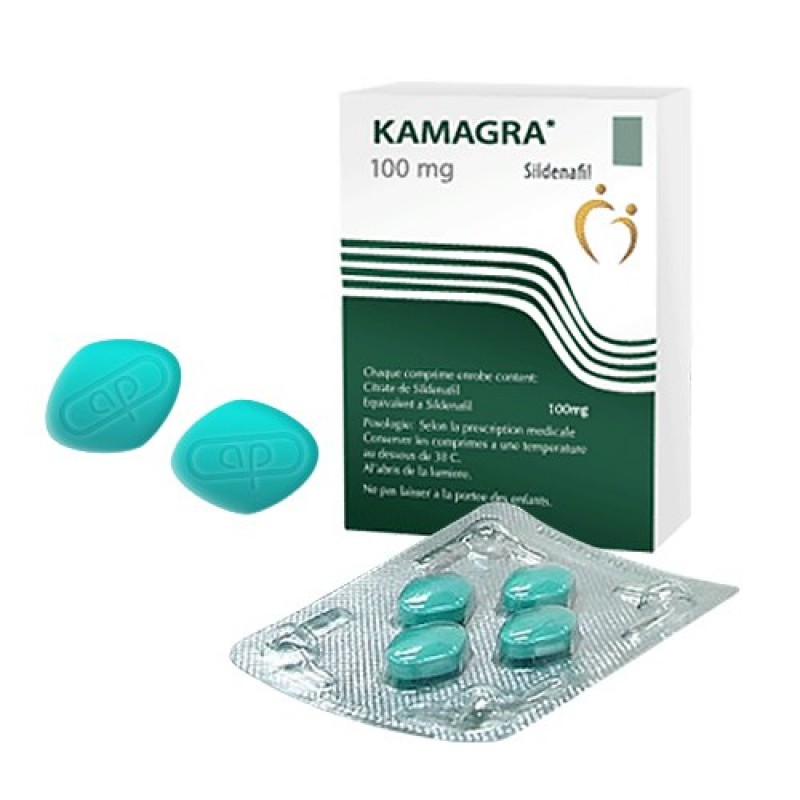The human body is constantly changing to keep us warm and assist us maintain a safe temperature. When it’s cold outdoors, your body’s top concern is getting blood to your vital organs so they can maintain the proper temperature. Your hands may experience a change in blood flow as a result, making them feel cold. If you are wondering Why are my feet always cold, this write-up will assist you in knowing that along with the treatment options.
Why Are My Feet Always Cold?
1.Poor Circulation
One of the most common reasons for constantly cold feet is poor circulation. When blood flow is inadequate in the extremities, it becomes harder for the body to keep those areas warm. Things that can contribute to poor circulation include being sedentary, crossing legs too often, and medical conditions like diabetes or peripheral artery disease. Improving circulation through exercise, stretching, keeping legs uncrossed, and managing underlying medical issues can all help warm up cold feet.
2.Low Core Body Temperature
If someone has a naturally low core body temperature, their hands and feet will often feel extra cold. Women, particularly those with lower BMIs, tend to have colder extremities than men. Boosting overall body temperature through regular exercise, sufficient calorie intake, thyroid medications (if needed), and maintaining a healthy weight helps send more warmth to the feet.
3.Anemia
If you are looking for why are my feet always cold, Anemia might be the reason behind it. Anemia, which is characterised by a low red blood cell count, can be another contributor to chronically cold feet. Without enough red blood cells, blood flow and oxygen delivery is impaired, making it harder to keep the extremities warm. Anemia can be caused by iron deficiency, certain medications, pregnancy, and various medical conditions.
4.Raynaud’s Disease
Raynaud’s disease causes blood vessels in the hands and feet to overreact to cold temperatures and stress. Vessels constrict too much, limiting blood supply to the extremities. This leads to exaggerated coldness, along with numbness, tingling, and blueish skin discoloration.
5.Hypothyroidism
When the thyroid gland is underactive (hypothyroidism), it does not produce enough metabolism-regulating hormones. This can lead to reduced circulation in the extremities. Getting blood tests, taking thyroid hormone replacement medications if deficient, and upkeeping proper thyroid function can help optimise circulation and body temperature.
6.Nerve Damage
Nerve damage can be another reason why are my feet always cold. Numbness and pain in the feet can be caused by peripheral neuropathy, a form of nerve damage from diabetes, chemotherapy, infections, autoimmune disorders, and other conditions. Peripheral neuropathy negatively impacts the nerves that supply sensations and function to the feet. You should see a doctor to diagnose the nerve damage.
7.Chilblains
Chilblains are itchy, painful red or blue lesions that appear after exposure to severe cold. They develop as a reaction to reduced blood flow and tissue injury in the small blood vessels of the skin. Besides cold, chilblains are associated with dampness, and are common in individuals with chronic poor circulation.
8.Aging
As we age, circulation naturally becomes weaker and nerve endings less sensitive. This combination makes older individuals more prone to chronically cold feet, due to poorer blood supply and diminished sensation. Using warming pads or heated socks, wearing shoes indoors, doing regular low-impact exercise, and maintaining healthy blood pressure/cholesterol levels can counteract this to some degree.
9.Being Underweight
People who want to find out why are my feet always cold, are often underweight. Having a very low BMI often coincides with reduced circulation and less overall fat and muscle insulation protecting the feet. This results in feeling colder than the average person. Healthily increasing weight, wearing cosy socks, using foot warmers, and keeping active improves comfort.
Treatment Options For Cold Feet
Now that you know why are my feet always cold, let’s check out the treatment options.
1.Keep Feet Warm
The most straightforward way to treat chronically cold feet is to proactively keep them warm. Wear socks, slippers, and shoes made of cosy fabrics like wool. Choose footwear that is one size larger to allow for thicker socks. Use foot warmers, electric heated insoles, or a hot water bottle to directly apply warmth.
2.Increase Circulation
Improving blood flow to the feet is key to reducing their coldness. Regular cardiovascular exercise that works the legs, like walking, cycling, or running, enhances peripheral circulation. Massaging the lower legs and feet can also give a temporary boost to blood flow.
3.Manage Medical Conditions
Treating any underlying medical conditions that impair circulation or body heat, like diabetes, anemia, hypothyroidism, or autoimmune disorders, may alleviate cold feet. Work with a doctor to find control medications or lifestyle changes to optimise these conditions.
4.Keep Legs Uncrossed
Habitually crossing the legs can constrict blood flow. Maintaining proper posture while sitting with knees and ankles uncrossed allows freer circulation to the lower extremities. Periodically changing position and getting up to move about also prevents blood from pooling in one spot due to restricted veins and arteries.
5.Use Hand and Foot Warmers
Portable hand and foot warmers contain chemicals that produce heat when exposed to oxygen. These inexpensive items can be slipped into shoes or socks to provide direct warmth to cold feet when on the go. After knowing why are my feet always cold, you can use hand and foot warmers as per your doctor’s suggestion.
6.Wear Compression Stockings
Special compression stockings improve circulation by applying gentle pressure to the legs and feet. This boosts blood flow and keeps the feet warmer. Compression socks also reduce swelling and discomfort in feet and ankles. Many brands and strengths are available to suit individual needs.
7.Apply Moist Heat
Soaking the feet in warm water raises their temperature. Dry them thoroughly and apply moist heat, like microwavable foot warmers, an electric heated foot bath, or a warm compress. The moist warmth is absorbed deep into chilled feet. Apply moisturiser after to avoid dryness





